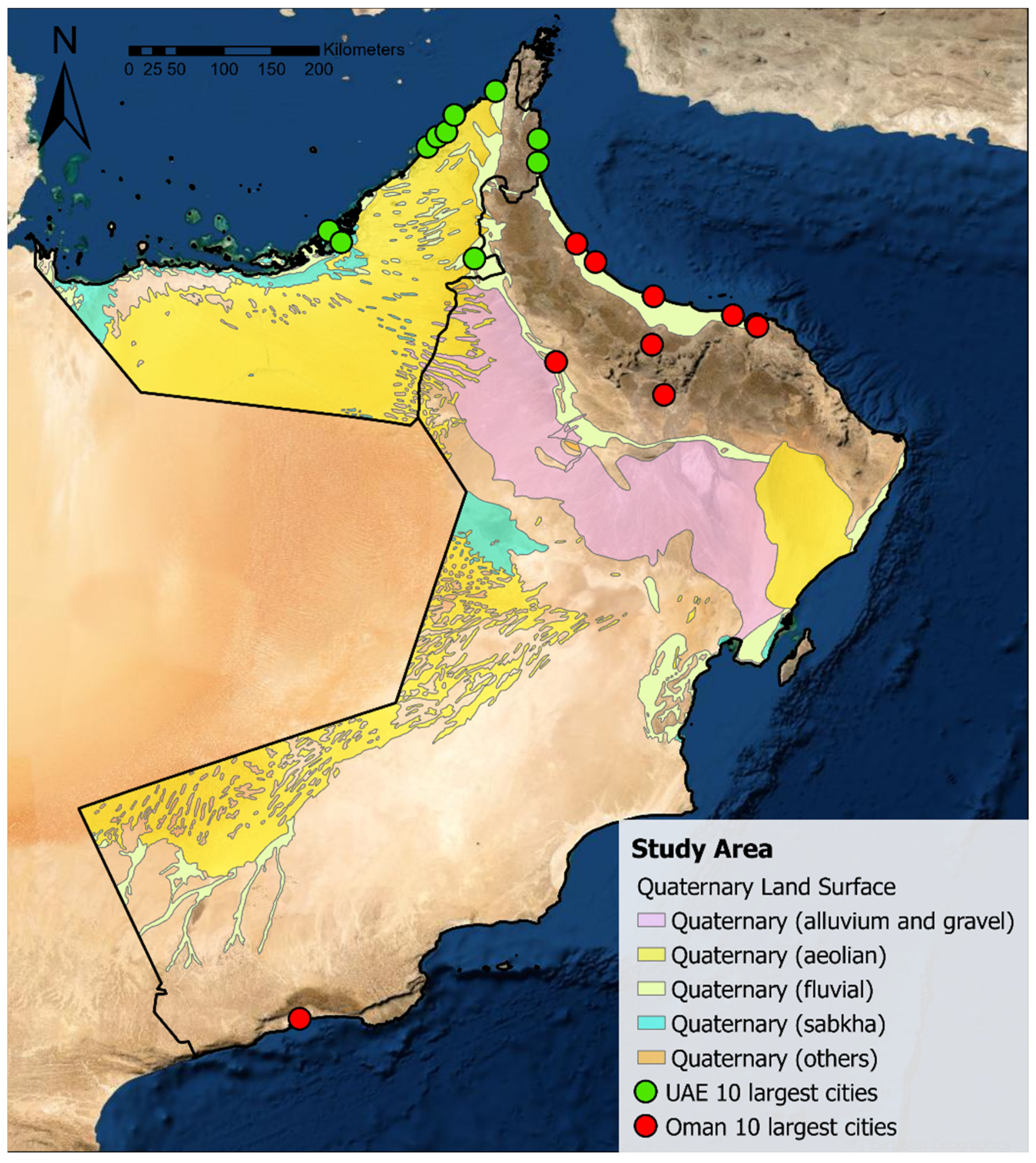665 Area Code Mexico - We use cookies to be very good. By using our site, you agree to our cookie policy.Cookie Settings
A "wiki", similar to Wikipedia, which means that many of our articles are co-authored by multiple authors. To create this article, 9 people worked, some anonymously, to edit and improve it over time.
665 Area Code Mexico

You can call Mexico from anywhere in the world if you know your country's exit code and Mexico's access code. Here's how to do it.
Kaiak Oceano Eau De Toilette For Men
A "wiki", similar to Wikipedia, which means that many of our articles are co-authored by multiple authors. To create this article, 9 people worked, some anonymously, to edit and improve it over time. This article has been viewed 103,940 times.
To call Mexico, start by dialing your country's exit code, which is "011" for the US and Canada. Then, dial "52," which is Mexico's access code. Next, dial "1" if you're calling a mobile phone, or skip this step if you're calling a landline. After that, enter the area code for the Mexican city you are trying to reach. For example, dial "664" for Tijuana or "744" for Acapulco. Finally, enter the 7- or 8-digit number for the person or place you are trying to reach. To find out how to call Mexico from Brazil, Australia or another country, scroll down! This article is about the state of Mexico. For other uses, see Peninsula Baja California and Baja California (disambiguation).
Coordinates: 30°00′N 115°10′W / 30.000°N 115.167°W / 30.000; -115.167 Coordinates: 30°00′N 115°10′W / 30.000°N 115.167°W / 30.000; -115,167
An amount equal to US$23.03 million, with US$1 valued at 12.80 pesos (value as of June 3, 2010).
Anatomy Of A Social Security Number
(Spanish pronunciation: [ˈbaxa kaliˈfoɾnja] ( list ); "Baja California"), officially the Free and Sovereign State of Baja California (Spanish: Estado Libre y Soberano de Baja California), is a state in Mexico. It is the northernmost and westernmost of Mexico's 32 federal cities. Before becoming a state in 1952, the area was known as the Northern Territory of Baja California (Territorio Norte de Baja California). It has an area of 70,113 km
(27,071 sq mi) (3.57% of Mexico's land area) and includes the northern half of the Baja California peninsula, north of the 28th parallel, as well as the oceanic island of Guadalupe. The continental part of the state is bounded to the west by the Pacific Ocean; east of Sonora, the US state of Arizona and the Gulf of California; to the north by the US state of California; and south of Baja California Sur.
Significantly higher than sparsely populated Baja California Sur to the south, and similar to San Diego County, California, to the north. More than 75% of the population lives in Mexicali (the state capital), Sada, or Tijuana (the state's largest city). Other important cities include San Felipe, Rosarito and Tecate. The state's population is largely made up of Mestizos, mostly immigrants from other parts of Mexico, and as with most northern Mexican states, a large population of Mexicans of Spanish descent, and also a large minority of people of East Asian and Middle Eastern descent. .and home desktop. In addition, there is a large population of immigrants from the United States due to its proximity to San Diego and a significantly lower cost of living compared to San Diego. There is also a large Central American population. Many immigrants moved to Baja California for the better quality of life and the number of higher paying jobs compared to the rest of Mexico and Latin America.

Baja California is the 12th largest state by area in Mexico. Its geography ranges from beaches to forests and deserts. The spine of the state is the Sierra de Baja California, home of Picacho del Diablo, the highest point of the peninsula. This mountain range effectively divides the weather patterns of the state. In the northwest, the climate is semiarid and Mediterranean. In the narrow part the weather changes to be more humid due to the altitude. It is in this area that several valleys are found, such as Valle de Guadalupe, Mexico's main wine producing region. East of the mountain range, the Sonoran Desert dominates the landscape. To the south, the weather becomes drier and gives way to the Vizcaino Desert. The state is also home to several islands on both its shores. Baja California is also home to Guadalupe Island, the westernmost point of Mexico. Coronado Islands, Todos Santos Islands and Cedros Island are also on the Pacific coast. In the Gulf of California, Angel de la Guarda Island is the largest island, separated from the peninsula by the deep and narrow Canal de Ballas.
Global Volcanism Program
The first people came to the pine at least 11,000 years ago. At that time, Pensula is thought to be two main indigenous groups - the Kochimi in the south and several groups with the Yuman language family in the north, including the Kiliva, Paipai, Kumeyaay, Kokopa and Quechan. These people were diverse in their adaptations to the area. The Kochim of the Ktral Desert in the Peninsula were general hunter-gatherers who moved frequently; however, Cochimi on the island of Cedros off the west coast developed a strong maritime economy. The better-watered Kiliva, Paipai, and Kumeyaai of the northwest were also hunter-gatherers, but that region supported dser populations and a sedentary lifestyle. The Cocopa and Quechan of northeastern Baja California practiced agriculture in the lower Colorado River floodplain.
Another group of people was the Guajimi, who came from the north and created many cave paintings of the Sierra de Guadalupe, recognized by UNESCO as a World Heritage Site. Not much is known about them except that they lived in the area between 100 BC and European arrival in 1300 AD.
Europeans reached the main state of Baja California in 1539, when Francisco de Ulloa scouted the eastern coast of the Gulf of California and explored the western coast of the Peninsula at least as far north as Cedros Island. Hernando de Alarcon returned to the east coast and ascended to the lower Colombia River in 1540, and Juan Rodríguez Cabrillo (or João Rodríguez Cabrillo (in Portuguese)) completed the exploration of the west coast in 1542 ., but there were not many tourists from outside in the next century.
The Jesuits established a permanent mission colony on the peninsula at Loreto in 1697. Over the following decades, they gradually expanded their influence throughout the entire state of Baja California Sur. In 1751–1753, the Croatian Jesuit mission explorer Ferdinand Konščak conducted land surveys to the north in the state of Baja California. Later, Jesuit missions were established among the Kohimi at Santa Gertrudis (1752), San Borja (1762) and Santa Maria (1767).
Research Guide To Wpa Records In The National Archives At College Park, Maryland (archives Ii)
After the expulsion of the Jesuits in 1768, a short-lived Franciscan administration (1768–1773) led to a new mission in Greater San Fernando. Most importantly, the 1769 expedition to settle Alta California under Gaspar de Portola and Junipero Serra led to the first overland survey of the northwestern part of the state.
The Dominicans took over the management of the missions in Baja California from the Franciscans in 1773. They established a series of new missions between the northern Cochimas and the western Yumans, first on the coast and then inland, extending from El Rosario (1774) to Descanso (1817). ), south of Tijuana below the Palou Line.
In 1804, the Spanish Crown divided California into Alta ("Upper") and Lower ("Lower") California along the line dividing the Franciscan missions to the north from the Dominican missions to the south. The colonial governors were José Joaquín de Arrilaga (1804–1805), Felipe de Goicochea (1806–1814), and José Dario Arguello (1814–April 11, 1822).

Mexican liberals were concerned that the Catholic Church retained too much power in the post-independence period and tried to weaken it by ordering the secularization of the missions in 1833. Guadalupe Hidalgo, the United States gained jurisdiction over the territory Previously owned by New Spain and Mexico, most of it was sparsely populated. Alta California was incorporated into the United States and during the California Gold Rush, it quickly gained enough population to join the union as a state. Baja California was still under Mexican control. In 1853, Soldier of Fortune (Merciful) William Walker captured La Paz, declaring himself president of the Republic of Baja California. The Mexican government pulled it out after a few months.
Grand Concourse, Miami Shores, Fl 33138
When the Liberal Army General Porfirio Díaz came to power in 1876, he began a massive program to develop and modernize Mexico.
Baja California covers land in the California region of North America, which presents a diverse geography for a relatively small area. The Pinsular Ranges of the California Cordillera stretch across the geography of the state. The most famous ranges of these mountains are the Sierra de Juárez and the Sierra de San Pedro Martír. These areas are home to forests that resemble the San Gabriel Mountains of Southern California. Picacho del Diablo is the highest peak at the summit. Between the valleys
What area code is 665, area 665, area code 818 mexico, 656 area code mexico, area code new mexico, 673 area code mexico, 553 area code mexico, 442 area code mexico, 662 area code mexico, 551 area code mexico, 812 area code mexico, 665 area code
0 Comments